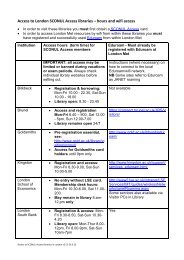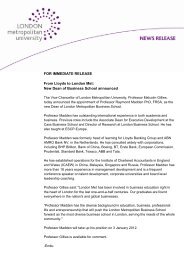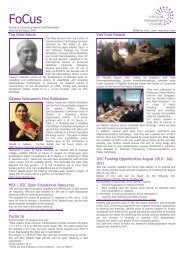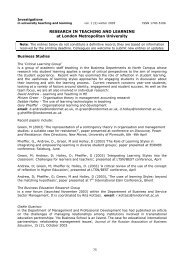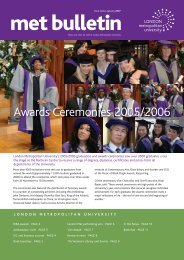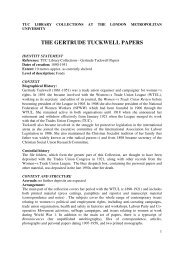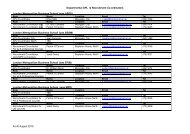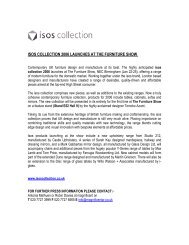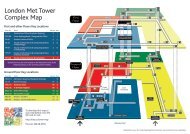Developing practice-based research with persona dolls for
Developing practice-based research with persona dolls for
Developing practice-based research with persona dolls for
Create successful ePaper yourself
Turn your PDF publications into a flip-book with our unique Google optimized e-Paper software.
<strong>Developing</strong> Practice-Based Research 3<br />
The backpack of a <strong>practice</strong> –<strong>based</strong> <strong>research</strong>er<br />
The knowledge-component : Enough food <strong>for</strong> <strong>practice</strong> ?<br />
The French philosopher Jean–François Lyotard identifies in the<br />
Postmodern Condition: A Report on Knowledge (1984) two types of<br />
knowledge : scientific (logos) and narrative (mythos). Knowledge in<br />
general cannot be reduced to science, nor even to learning. Learning<br />
is the set of statements which, to the exclusion of all other<br />
statements, denote or describe objects and may be declared true or<br />
false. Knowledge includes notions of ‘know–how’ (savoir–faire),<br />
‘knowing how to live’ (savoir–vivre), ‘how to listen’ (savoir-entendre).<br />
Lyotard’s ideas allow us to include under the umbrella of knowledge<br />
the stories that are told in order to cement the social bond between<br />
children, and which bind them together by their three-fold<br />
competence in the speech acts of ‘know–how’, knowing how to<br />
speak and knowing how to listen – through which the community’s<br />
relationship to itself and its environment is played out. He wanted to<br />
promote the competence to have ‘good’ per<strong>for</strong>mances. This capacity<br />
to communicate and live <strong>with</strong> justice, beauty, truth and efficiency<br />
goes beyond scientific knowledge. It is a knowledge that is <strong>for</strong>med by<br />
shared and passed-on narratives (Colpaert 2007).<br />
The development of knowledge is the goal of an inquiry. In<br />
<strong>practice</strong>–<strong>based</strong> <strong>research</strong> we try various ways of looking at<br />
experience, continually reinterpreting experience into workable<br />
principles and concepts.<br />
The emotional component: Do you need a handkerchief?<br />
To call a teacher ‘emotionally literate’ assuredly still requires inverted<br />
commas, despite the enormous success of Howard Gardner (Gardner<br />
1983,1993) and Daniel Goleman (Goleman 1995, 1998), whose<br />
<strong>research</strong> and writing figure widely in so much current thinking.<br />
Gardner makes a tentative but compelling case <strong>for</strong> the theory of<br />
multiple intelligences, arguing that the commonly measured<br />
cognitive human capacities give an inadequate picture of the<br />
qualitatively different ways in which humans can show ‘intelligence’.<br />
For Gardner, the inter- and intra-<strong>persona</strong>l intelligences – knowing and<br />
relating well to yourself and <strong>for</strong>ming good relationships <strong>with</strong> others<br />
– represent two strands of a single intelligence quite independent of<br />
other intelligences such as linguistic or mathematical capacity.<br />
Goleman expands Gardner’s somewhat cognitively constrained fields<br />
to include the affective dimension. For him we need to bring<br />
intelligence to emotion, some thinking into our feeling. Salovey and<br />
Sluyter (1997) introduced the term ‘emotional literacy’ and were<br />
pioneers in that field. They mapped ‘emotional intelligences’ in five<br />
main domains:




